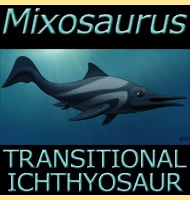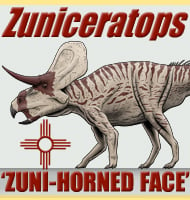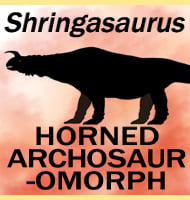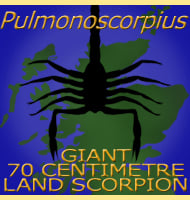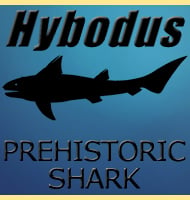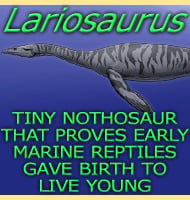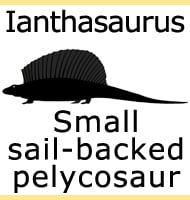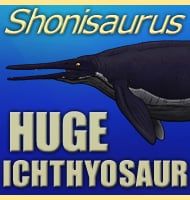In Depth
Protemnodon was in essence very much like a wallaby, though much larger in physical size. Protemnodon fossils are also known from Papua New Guinea making this genus one of the most geographically wide ranging genera of wallaby.
Further Reading
- Ecological and evolutionary significance of sizes of giant extinct kangaroos - Australian Journal of Zoology 54 (4): 293–303 - K. M. Helgen, R. T. Wells, B. P. Kear, W. R. Gerdtz & T. F. Flannery - 2006.- Late Pleistocene Australian marsupial DNA clarifies the affinities of extinct megafaunal kangaroos and wallabies. – Molecular Biology and Evolution. 32: 574–584. – Bastien Llamas, Paul Brotherton, Kieren J. Mitchell, Jennifer E.L. Templeton, Vicki A. Thomson, Jessica L. Metcalf, Kyle N. Armstrong, Marta Kasper, Stephen M. Richards, Aaron B. Camens, Michael S.Y. Lee & Alan Cooper – 2014.

